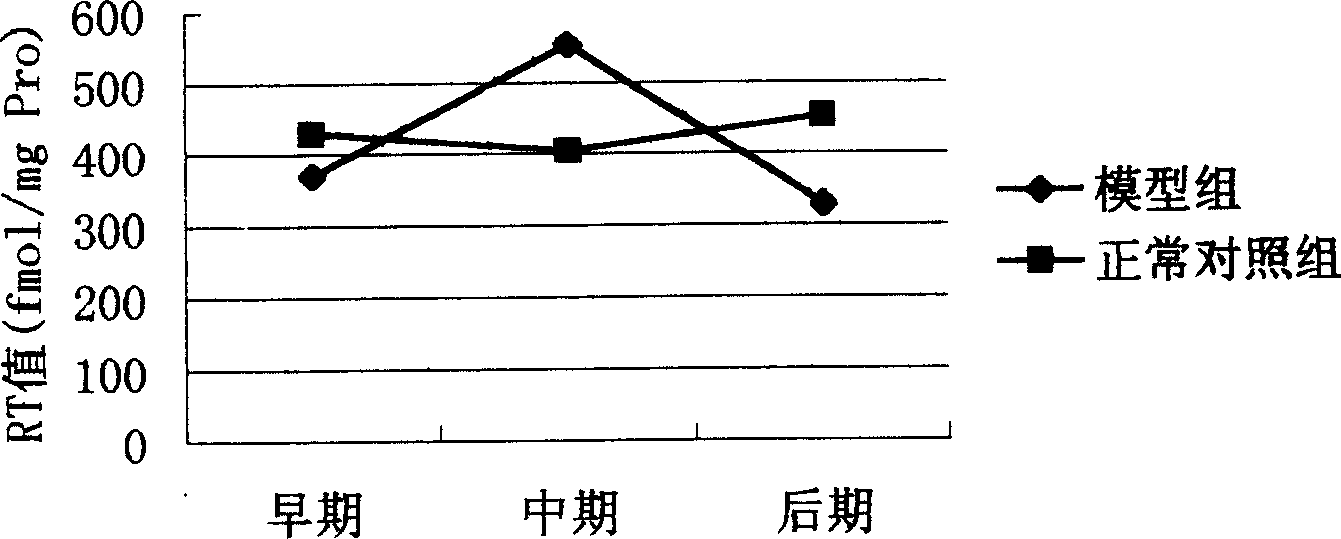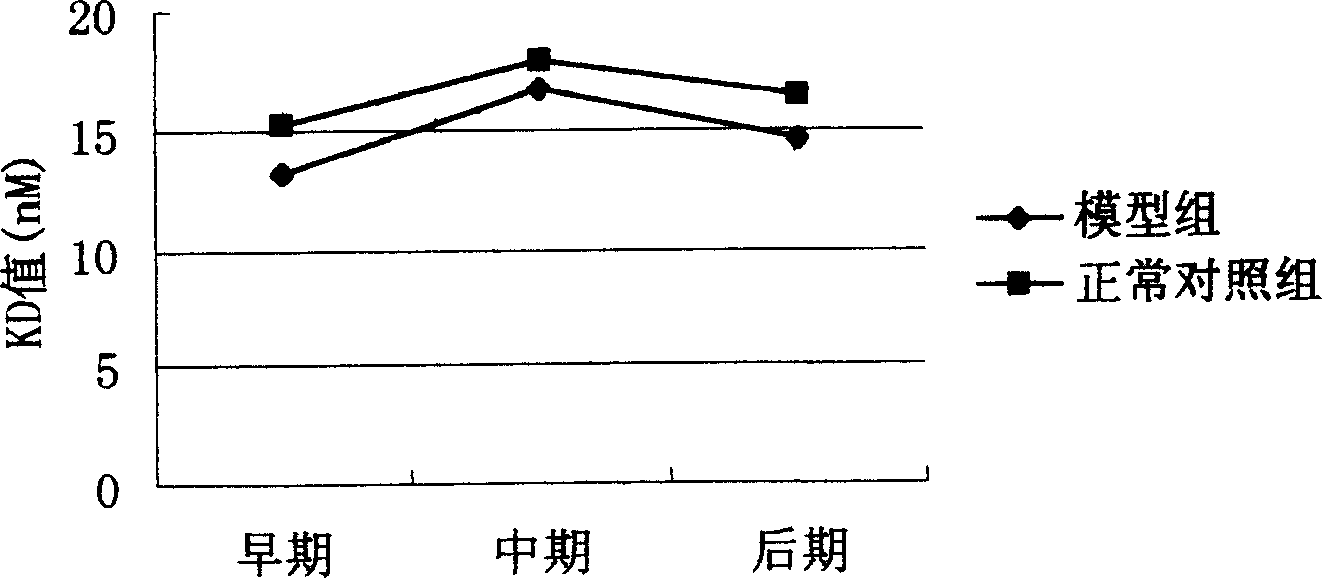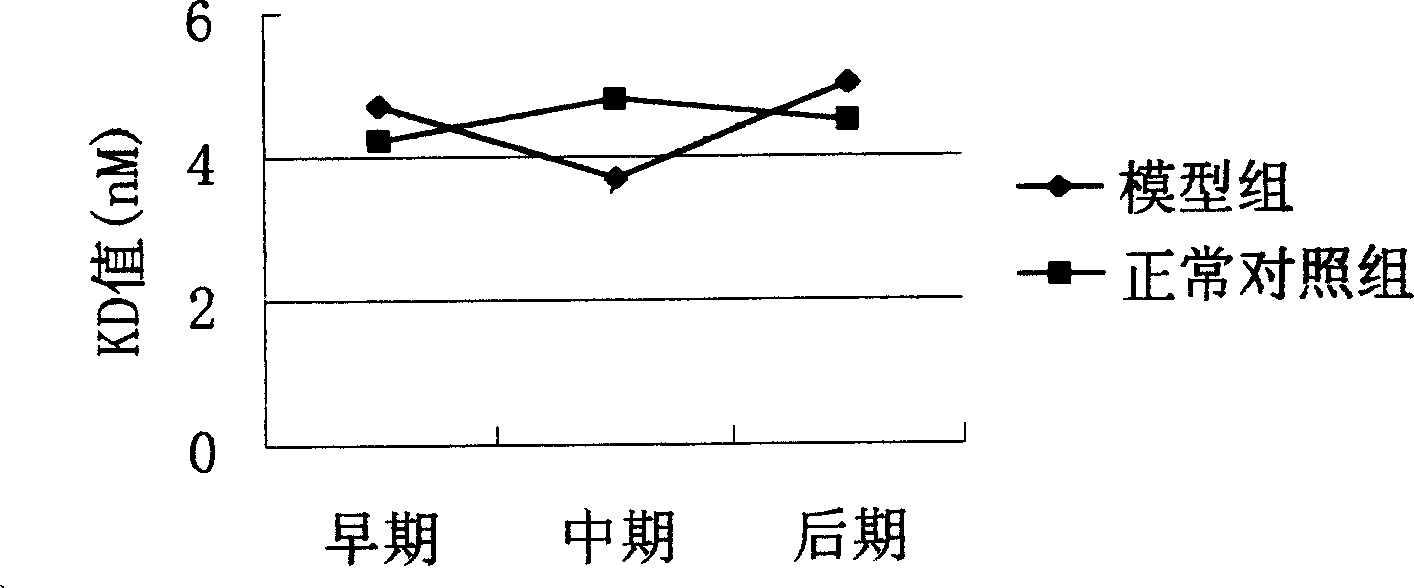Building animal model of asthenopia based on tupaia belangeri as experiment animal
A technology of animal models and experimental animals, applied in the field of animal models
- Summary
- Abstract
- Description
- Claims
- Application Information
AI Technical Summary
Problems solved by technology
Method used
Image
Examples
Embodiment 1
[0018] Force the tree shrew's eyes to overuse adjustment (positive adjustment) method by using lures:
[0019] Adult tree shrews were selected, and the tree shrews with normal eyes and general condition were randomly divided into model group and normal control group.
[0020] Normal control group: the tree shrews were placed in a cage with a sleeping box, the sleeping box was open, and the animals could come in and out freely. Food and water were given 2 times a day. Normal light during the day; no light at night.
[0021] Model group: the tree shrews were placed in a cage with a sleeping box. The sleeping box was closed every day (7:00-19:00), and the tree shrews could only move outside the sleeping box. The distance is continuously lured; the sleeping box in the tree shrew cage is open at night (19:00 to 7:00 the next day), and the tree shrew can enter the sleeping box to rest during this period. Feed and water 2 times a day. Normal light during the day; no light at nigh...
Embodiment 2
[0025] Place the goggles in front of the eyes with a light-emitting Class II tube stimulator for continuous stimulation, forcing the tree shrews to overuse the adjustment (positive adjustment) method:
[0026] Adult tree shrews were selected, and the tree shrews with normal eyes and general condition were randomly divided into model group and normal control group.
[0027] Normal control group: the tree shrews were placed in a cage with a sleeping box, the sleeping box was open, and the animals could come in and out freely. Give food and drink water 2 times a day. Normal light during the day; no light at night.
[0028] Model group: tree shrews were placed in a cage with a sleeping box, and the sleeping box was closed every day (7:00 to 19:00), the tree shrews could only move outside the sleeping box, and an eye mask was placed in front of the tree shrews to emit light II The stage tube stimulator was used for continuous stimulation; the sleeping box in the tree shrew cage w...
Embodiment 3
[0032] By wearing a concave lens in front of the eyes, the tree shrew's eyes are forced to use the adjustment (positive adjustment) method:
[0033] Adult tree shrews were selected, and the tree shrews with normal eyes and general condition were randomly divided into model group and normal control group.
[0034] Normal control group: the tree shrews were placed in a cage with a sleeping box, the sleeping box was open, and the animals could come in and out freely. Give food and drink water 2 times a day. Normal light during the day; no light at night.
[0035] Model group: tree shrews were placed in a cage with a sleeping box, and the sleeping box was closed every day (7:00 to 19:00), the tree shrews could only move outside the sleeping box, and a concave lens was placed in front of the tree shrews. Force the tree shrew's eyes to overuse adjustment (positive adjustment); the sleeping box in the tree shrew cage is opened at night (19 o'clock to 7 o'clock the next day), and th...
PUM
 Login to View More
Login to View More Abstract
Description
Claims
Application Information
 Login to View More
Login to View More - R&D
- Intellectual Property
- Life Sciences
- Materials
- Tech Scout
- Unparalleled Data Quality
- Higher Quality Content
- 60% Fewer Hallucinations
Browse by: Latest US Patents, China's latest patents, Technical Efficacy Thesaurus, Application Domain, Technology Topic, Popular Technical Reports.
© 2025 PatSnap. All rights reserved.Legal|Privacy policy|Modern Slavery Act Transparency Statement|Sitemap|About US| Contact US: help@patsnap.com



